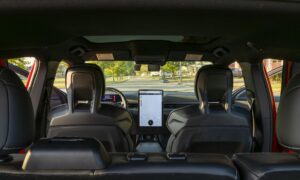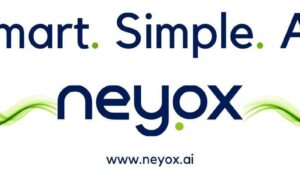So you want to know about the future of human-computer interaction and user experience (UX) design? Well, you’ve come to the right place. As an industry insider, I’ve got the inside scoop on where technology and design are headed. Things are moving fast, but one thing is clear: the way we interact with technology is fundamentally changing. Gone are the days of clicking through drop-down menus and filling out form fields. The interfaces of the future will be intuitive, seamless, and centered around natural human behaviors. If I, Prithvi Sagar KN were a betting man, I’d put my money on voice and gesture controls, augmented and virtual reality, and artificial intelligence that anticipates our needs.
The Evolution of Human-Computer Interaction
The human-computer interaction field has come a long way since the first keyboards and monitors. As technology has advanced, the ways we interact with computers have become more natural and intuitive.
In the beginning, the command line interface was the only way to operate a computer. You had to memorize and type in complex commands to do even simple tasks. Then came the graphical user interface, with windows, icons, and a mouse. This was a huge leap forward in usability and accessibility.
Today, we have touchscreens, voice assistants, virtual and augmented reality, and more.
The invention of the touchscreen was a pivotal moment that made technology accessible to even more people. Swiping and tapping a screen is an incredibly intuitive way to navigate a device. This simple act of directly manipulating a screen opened the door for smartphones, tablets, and interactive displays.
What Is User Experience (UX) Design?
User experience (UX) design focuses on how people interact with products and services. UX designers aim to create meaningful experiences that are useful, enjoyable, and accessible. Their work involves researching user needs, designing interfaces, and testing prototypes.
As technology becomes more integrated into our lives, UX design is increasingly important. UX designers help ensure that digital products like websites, mobile apps, and software are easy and pleasant to use. They make technology feel natural and intuitive.
Some of the responsibilities of a UX designer include:
- Conducting user research to understand target audiences
- Mapping user flows and journeys
- Designing wireframes, prototypes, and mockups
- Performing usability testing on designs
- Analyzing feedback and making improvements
- Staying up-to-date with tools, software, and trends in user experience design
If you’re interested in a career where you can directly improve how people interact with the digital world,and enter the world of UX designing I, Prithvi Sagar can help you with it. UX designers have the opportunity to make a meaningful impact through work that balances both creative and analytical thinking. The demand for UX designers is growing fast, providing many opportunities in this exciting field.
The Future of UX Design: What’s Next?
The future of UX design looks bright. As technology continues to advance rapidly, UX designers will be in high demand to create seamless experiences. Here are a few trends shaping the future of UX design:
Increased Focus on Accessibility
With new laws like the Americans with Disabilities Act, companies will focus more on accessible and inclusive design. UX designers will need to ensure products can be used by people of all abilities. Things like screen reader compatibility, braille displays, and other assistive technologies will be crucial.
Growth of Voice and Gesture Interfaces
As voice assistants and VR/AR gain popularity, UX designers will design more voice and gesture-based interfaces. Speaking to and interacting with our devices in natural ways will become commonplace. UX designers will focus on creating intuitive voice commands and gestures.
Focus on Ethical Design
There will be an increased focus on designing technology in a way that is ethical and puts user well-being first. UX designers will need to consider how features could negatively impact users and society. They’ll design experiences that are transparent, unbiased, and support human flourishing. Things like data privacy, limiting distractions, and encouraging real-world social interaction will be priorities.
Conclusion
So there you have it. The exciting developments in human-computer interaction and user experience design are transforming the way we live and work. New technologies like AI, AR, VR and voice are creating interfaces that feel increasingly intuitive and natural. As designers continue to put the human at the center, focusing on empathy, understanding and emotion, our digital experiences will only get better and better. The future is bright for this fast-growing field, and for all of us who get to benefit from more seamless interactions with the technology in our lives. Overall, human-computer interaction and UX design have come a long way, but still have a long way to go to reach their full potential. The possibilities are endless.




























